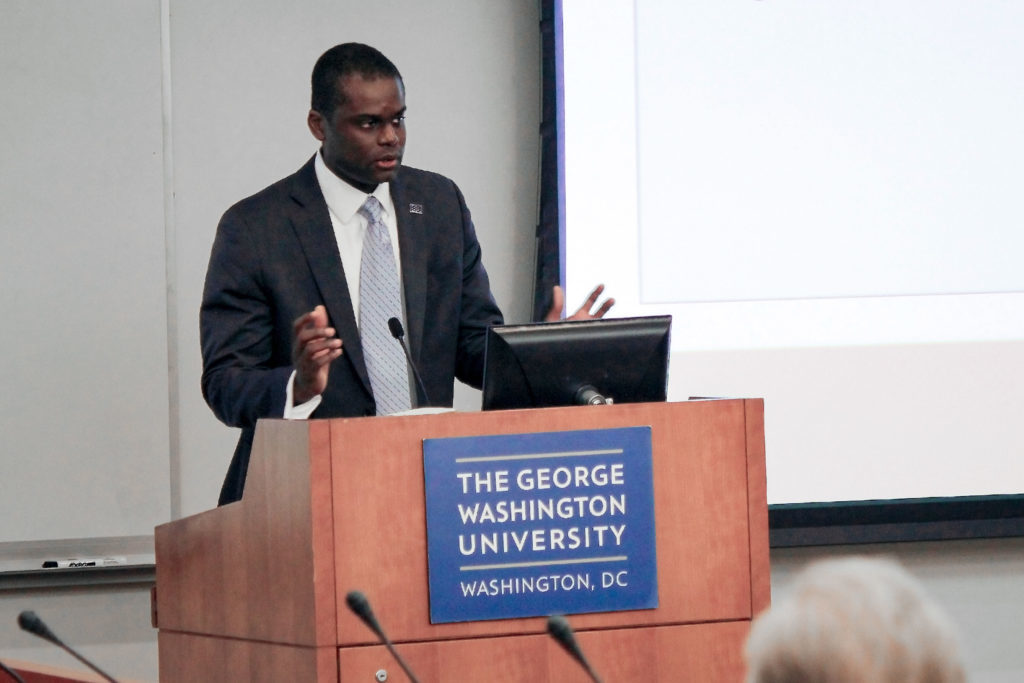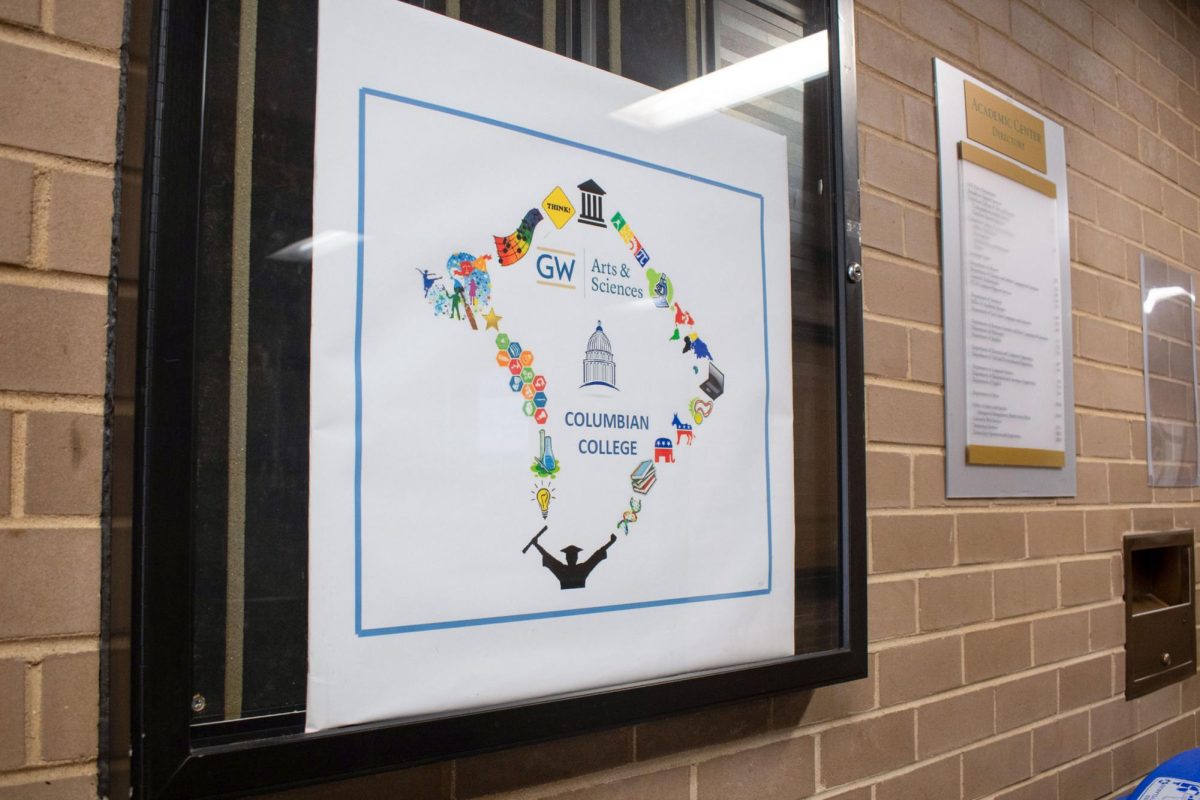The Human Resources department is rethinking how to introduce new employees to GW.
A new employee orientation will debut in mid-2018 to give new staff a chance to meet colleagues and learn important procedures like payroll and emergency planning, officials said. The orientation is part of a full program designed to introduce new employees to University culture, which experts said could improve staff retention and job satisfaction by giving employees a greater sense of purpose in their roles.
Dale McLeod, the interim vice president for Human Resources, said the new program is divided into two phases, a face-to-face orientation and a program to help new employees more quickly fill out documents and complete trainings relevant to their positions.
The planning for the new program was initially expected to finish this past November, but will now be completed this month after taking longer than expected. The program will focus on the “rewards and opportunities” available through working for the University and learn more about employee benefits available at GW, McLeod said.
McLeod said there will be opportunities to meet new colleagues and ask questions about benefits. Currently, HR holds weekly orientation breakfasts for new employees, covering topics like payroll practices, employee benefits and perks, emergency planning and health and safety tips, according to the department’s website.
The program comes amid University President Thomas LeBlanc’s focus on improving an institutional culture that he said is often overly transactional. LeBlanc has said that staff orientations are one way to help bring about culture change.
The second part of the program will focus on streamlining new employee procedures and tracking the paperwork that they must complete. This phase will be done through the implementation of Talent@GW, the recruitment and on-boarding module, which is expected to launch in November 2018, McLeod said.
He said the project will include a new hiring portal that will contain personalized training and checklists that will allow managers to chart the progress of their new employees.
“The goal of this initiative is to create a strategic process designed to welcome and acclimate new employees into the GW’s culture and implement a 90-day onboarding program to avail managers of the tools to support newly hired or newly promoted staff,” McLeod said.
He declined to say what challenges the office faced in developing the redesign. He also declined to say if the project was part of LeBlanc’s focus on culture change at GW.
Cynthia Herrera, the chief executive at the recruitment and retention consulting firm HR Guru, said new employee orientation must be able to demonstrate to newly hired staff a link between the organization itself and the other factors that attract a new worker to the University.
“I think for higher education, it’s more the cause. It’s the belief, their intrinsic values, and what motivates them to help people,” she said. “They are trying to serve a higher purpose than compensation.”
To retain employees, employers must give opportunities to recognize their employees’ accomplishments and also build professional opportunities beyond their role, Herrera said.
“Retention really starts day one at the University,” she said. “So you have to develop a retention policy that works within your organization and feeds your culture in a positive manner.”
Changes and redesigns in employee recruitment and retention policies usually occur on a yearly basis, Herrera said.
Connie Wanberg, a professor of industrial relations at the University of Minnesota, said onboarding processes are easy to get wrong and can be boring if officials give long speeches. She said the orientation should make clear the expectations for new employees and their management.
Employees need to know their role in furthering the University’s mission and why that mission is important, Wanberg said.
To bring about a culture change, Wanberg said the University has to implement policies to reach old employees, but revamping staff orientation allows officials to ensure new employees are integrated into the new culture.
“That’s the perfect place to change the culture, but it will take some work,” she said.





